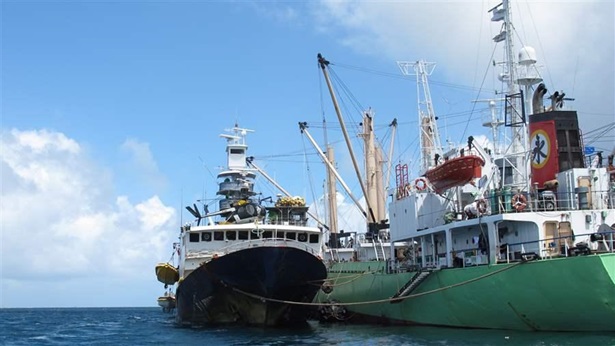Study Highlights Transshipment Problems, Solutions in World’s Biggest Tuna Fishery
Transferring catch in western and central Pacific Ocean is big—and complex—business
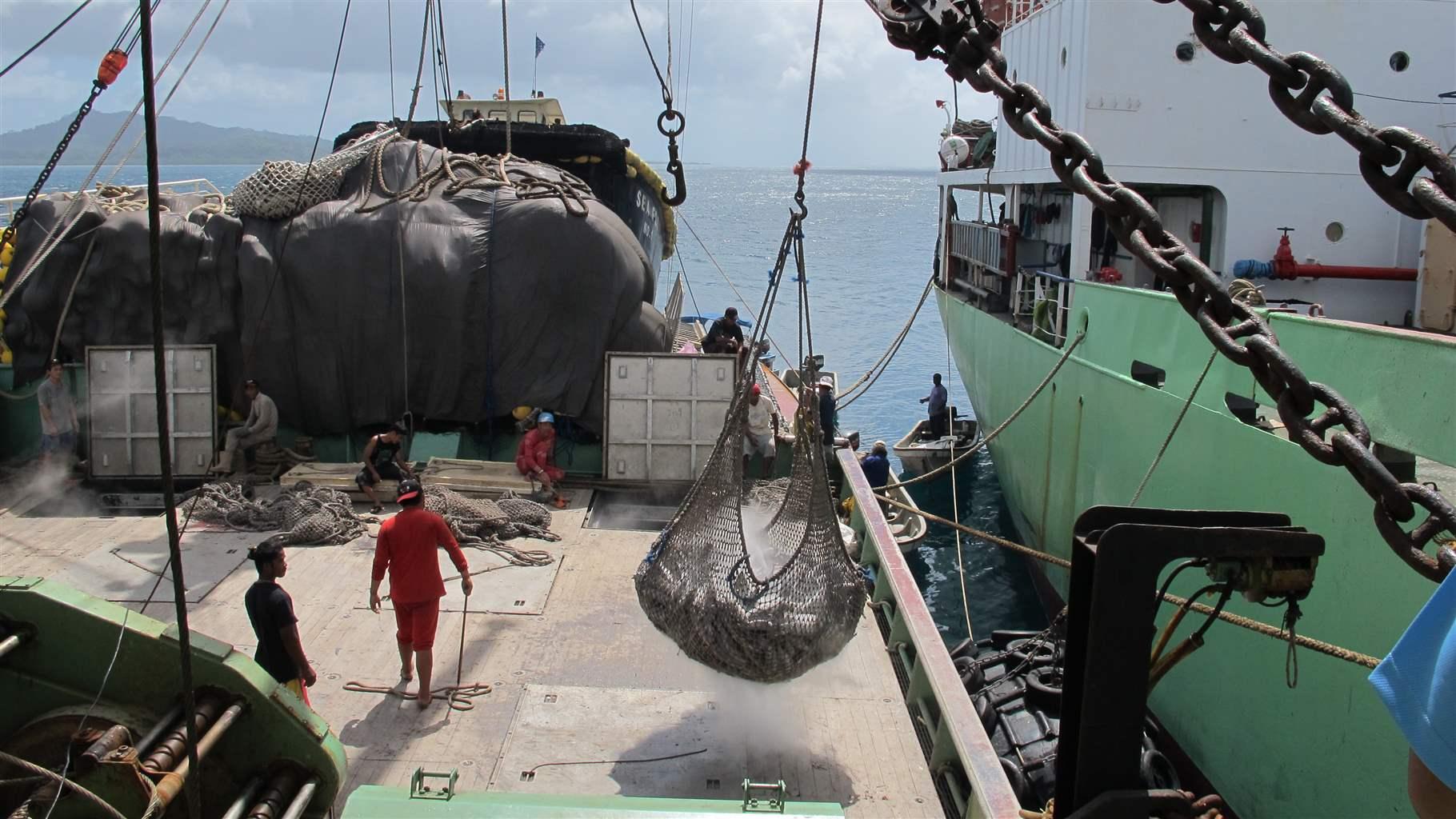
The Pacific Ocean is home to the world’s largest and most valuable tuna fishery, with an annual catch worth US$28.5 billion. To help get those fish to market, valuable species such as albacore, bigeye and yellowfin tuna are transferred from the vessels that caught them to large carrier ships in a process called transshipment. Although the practice is a long-standing component of the international fisheries supply chain, relatively little is known about the business of transshipment. With so much money at stake in the region and in the global seafood economy, it is vital to understand how transshipment works in the western and central Pacific Ocean and how the Western and Central Pacific Fisheries Commission (WCPFC) oversees this activity.
Transshipment, whether far out to sea or in port, allows carriers to quickly and efficiently get catch to market. In recent years, around 80 percent of the purse seine catch and 22 percent of the longline catch harvested in the Western and Central Pacific Fisheries Convention Area (WCPF-CA) has been transshipped.
A recent study funded by The Pew Charitable Trusts and led by MRAG Asia Pacific, a consulting firm that focuses on natural resources, provides insight into the key businesses and processes driving transshipment and whether the current rules and monitoring requirements are effective in achieving the conservation and management objectives of WCPFC fisheries. The report discusses where, how and why the carrier fleets operate, the fishing vessels they interact with and how regulations can be improved to better detect and deter illegal activity.
Carrier fleets
As of March 2019, 418 carriers were authorized under WCPFC’s Record of Fishing Vessels (RFV). Panama has the largest carrier fleet of 123 vessels, and China, Liberia, Panama and Chinese Taipei allow almost all of their carrier vessels to transship in the region. Of the large carriers (those greater than 1,000 gross tons), 63 percent are registered to flag-of-convenience states—countries known for the ease with which owners can register vessels and for lax monitoring of those ships.
The report also found that approximately 65 percent of active carrier vessels were built before 1991 and have an average age of 27 years—which is approaching the age when owners consider scrapping them. That could reduce carrier availability in the future and drive a shift in fishing and transshipment behavior.
Profitability of the carrier fleets and fishing vessels is driven by the amount of time it takes to fill the carriers’ holds, travel to port and unload catch. Carrier operators work in close cooperation with fishing vessels to ensure transshipment is efficient and profitable. Ownership and commercial business agreements in the WCPF-CA vary but fit into one of three models:
- Charter: Companies lease carrier vessels that are independently owned and crewed. These arrangements are defined either by a time frame or the space that the charterer buys on a carrier for a voyage. This is the most common operational model and used by the main purse seine tuna traders in the region.
- Integrated fishing-carrier companies: Fishing companies own and operate their own carriers as part of their integrated supply chain.
- Logistics service provider: Fishery-independent companies provide a commercial service to transport fish from sea to processing facilities and markets.
Purse seine transshipment
In 2017, more than 1,300 transshipments were reported in the western and central Pacific purse seine sector, involving transfers of around 79 percent of the reported purse seine catch. Proximity and overall convenience are the main drivers that determine the location of purse seine transshipments. Secondary considerations include port fees, support services and the level of scrutiny by port authorities. Between 2015 and 2017, Majuro, Marshall Islands, was a key purse seine transshipment port, accounting for around 37 percent of reported transshipments.
Longline transshipment
Reported high seas longline transshipment events increased by approximately 60 percent between 2011 and 2017, largely involving bigeye tuna (42.4 percent), albacore (18.9 percent) and yellowfin (11.6 percent). In 2017, the longline fleet flagged to Chinese Taipei accounted for around half of all high seas transshipments. Collectively, fleets flagged to Chinese Taipei, China and Japan account for 83 percent of all high seas longliners. Many longline companies indicated that they actively avoided transshipping in Pacific Island ports due to the high levels of scrutiny, unfamiliarity with local laws and the potential for associated fines.
Recommendations
Without clear rules and thorough oversight, transshipment can help bad actors move illegally caught products into the global supply chain. To ensure verifiable and effective transshipment, the report recommends that:
- WCPFC members encourage all transshipment to take place in port;
- Vessels for which transshipment in port has been deemed “impractical” by their flag State must be subject to tight controls and increased independent monitoring by electronic and human observer programs; and
- WCPFC require countries to submit evidence that they are verifying the transshipment reports from their fishing and carrier vessels, and that the secretariat increase the frequency of independent validation of transshipment declarations.
- As at-sea transshipment continues to grow in the region, WCPFC members should consider the study’s recommendations and commit to adopting and implementing Pew’s best practices for transshipment.
Jamie Gibbon is a manager with The Pew Charitable Trusts’ international fisheries team.

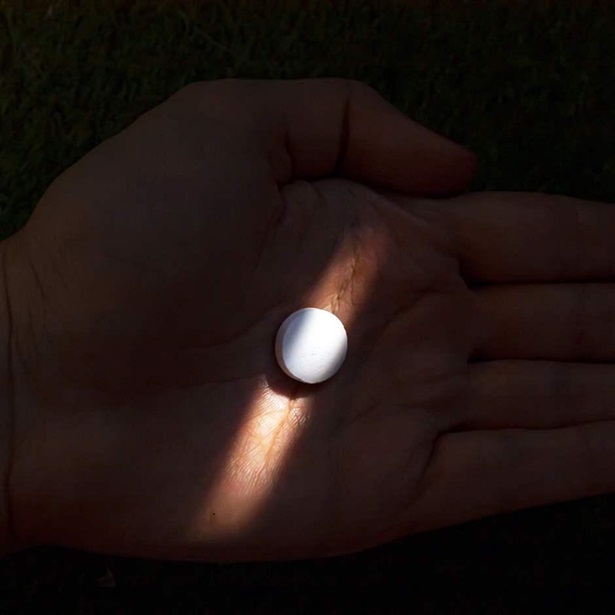
America’s Overdose Crisis
Sign up for our five-email course explaining the overdose crisis in America, the state of treatment access, and ways to improve care
Sign up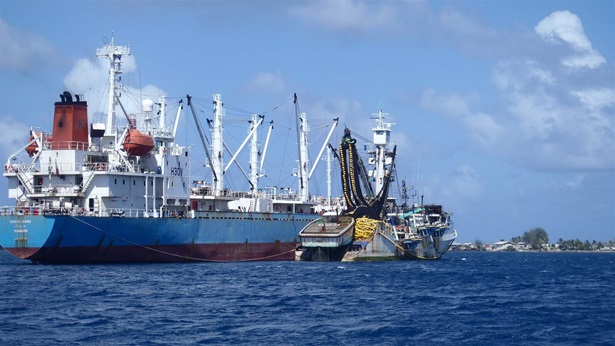
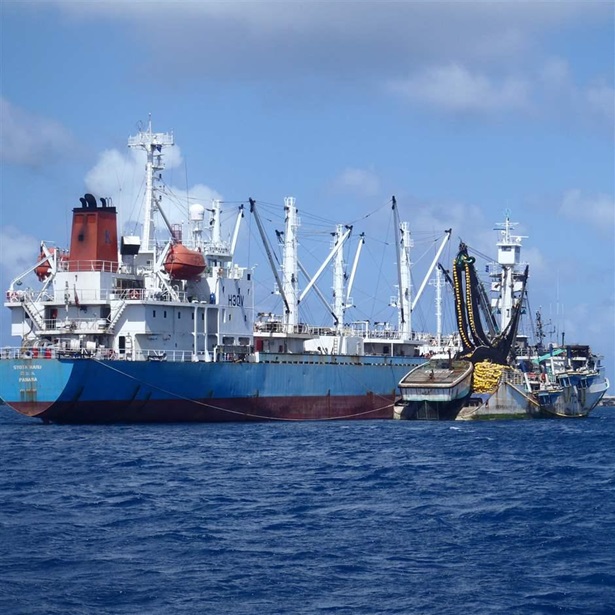
Western and Central Pacific Fisheries Commission Must Improve Control Over World's Most Valuable Tuna Fisheries
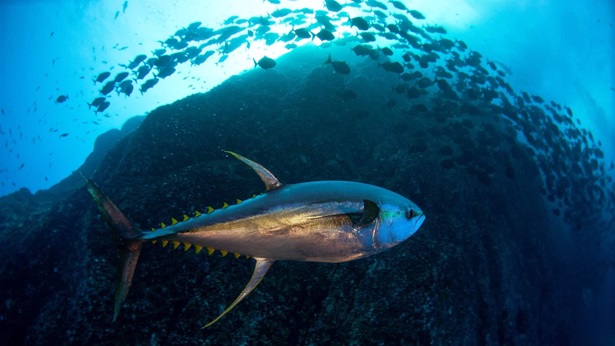
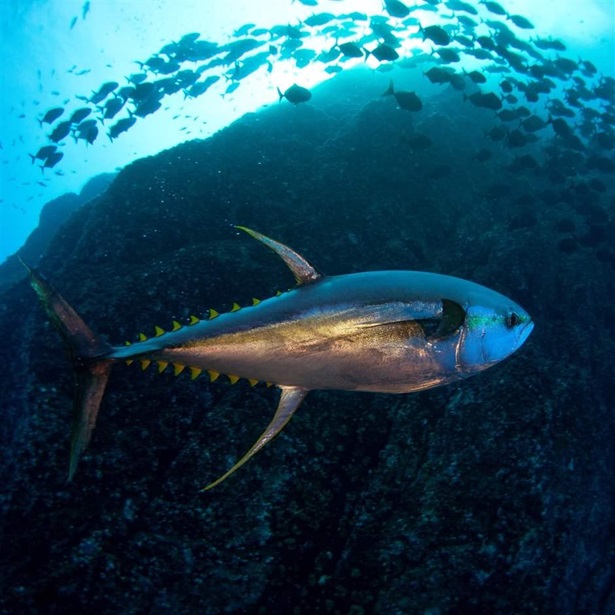
A Checklist for Fisheries Management in the Western and Central Pacific
